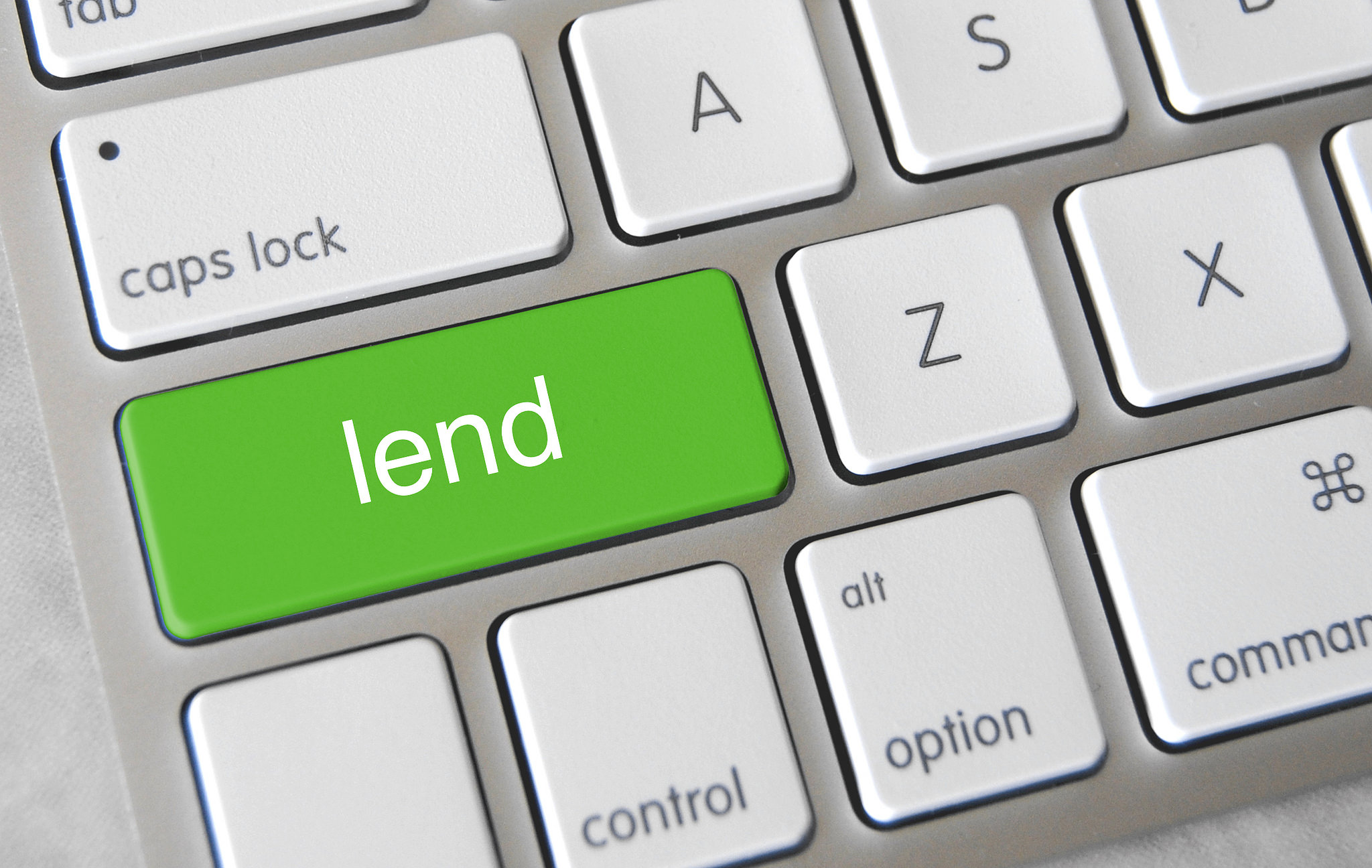Building Investment Momentum
This post is part of the Philadelphia History Initiative (@phillyhistory). This week our class took stock of the experiment so far and continued posing questions about the financial future of the cultural sector and occasionally proposing solutions. @dduquette for instance, talked about financial "literacy" as a metric (or not) of financial viability, and @hourofhistory argued that podcasting presents one way forward. We've also kept writing about 1918, so be sure to #explore1918 with our hashtag for the project.
If we want our grants to have impact (and continuing impact) but also are leery of many of the established non-profit organizations in Philadelphia, how can we build investment momentum? How can we work to have our grants grow rather than simply be paid out and be gone?
One option is to court matching donations from individuals and organization. We could do that, but it is still a finite solution that may also come with strings attached.
What if we didn't give money, but rather loaned it? Could we, humble graduate students, do that? Probably not, but there is at least one possible solution, I think: micro-lending organizations.

Photo by GotCredit under CC BY 2.0
There are two prominent micro-lending organizations here in Philadelphia, the internationally-known Kiva and the more locally-based Finanta. Might we be able to work with one of these organizations to set up a lending program for fledgling cultural organizations (non-profit or not) which meet certain criteria? When those projects can pay back the principal, could we roll the money on to the next round of funding? What kind of staffing would we need to have adequate oversight over this program?
What if we formed a board from the members of this class and slowly phased ourselves out, with representatives from each loan recipient replacing us as they pay back the money with a small amount of interest and it rolls forward, snowballing?

Photo by Marilylle Soveran. Used under CC BY-NC 2.0
What do you think, Steemians? Is this remotely viable? What concerns would you have? What criteria would you use to evaluate applicants for cultural sector microloans?
100% of the SBD rewards from this #explore1918 post will support the Philadelphia History Initiative @phillyhistory. This crypto-experiment conducted by graduate courses at Temple University's Center for Public History and MLA Program, is exploring history and empowering education. Click here to learn more.
Because I don't have an answer for you I will ask more questions. What happens when historians default on these micro-loans? What if historians show a pattern of defaulting?
Other than the potential of a reverse snowball, the melting snowball, I think it is a great idea!
Good question! My understanding is that microloan recipients default at a pretty low rate, but it would happen, for sure. And accountability would be key. I don't have a nice neat answer but I also imagine that if the snowball started rolling, it might attract outside investment to build a bigger safety net.
Interesting challenge @tmaust! You "zig" where I was "zagging"!
Could the funds be targeted for local public history efforts? (After all, that's the purpose of the course.) I'd like to hear more about how this would be managed. And what would the next step be to explore the possibility?